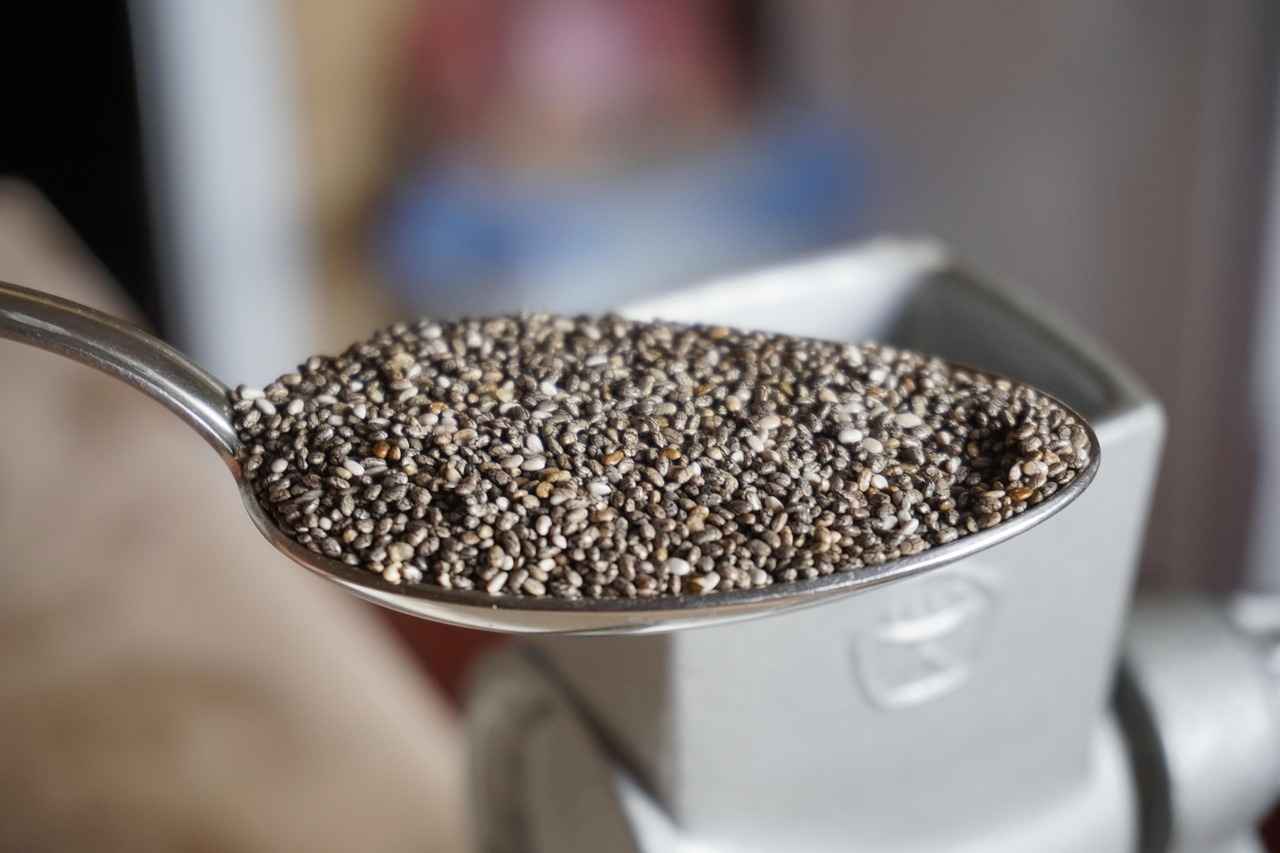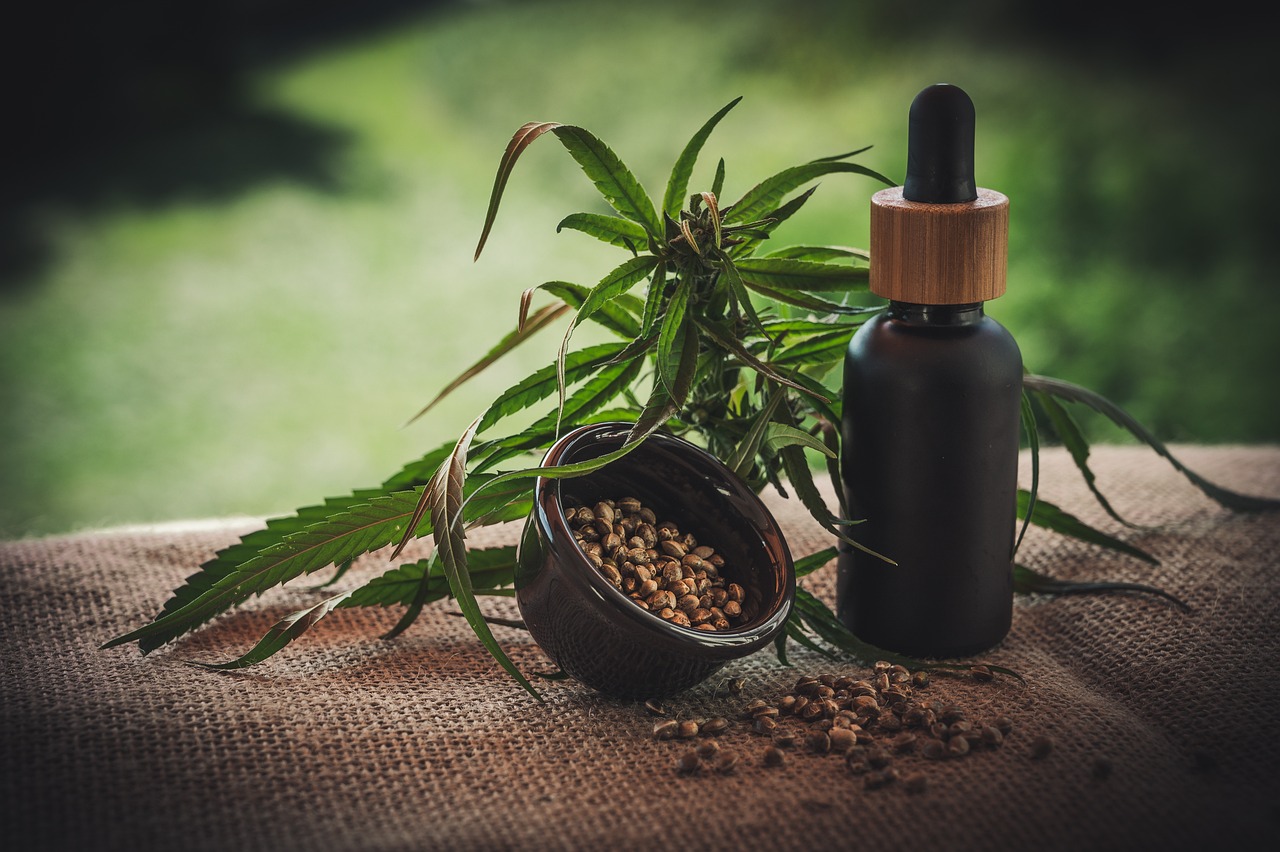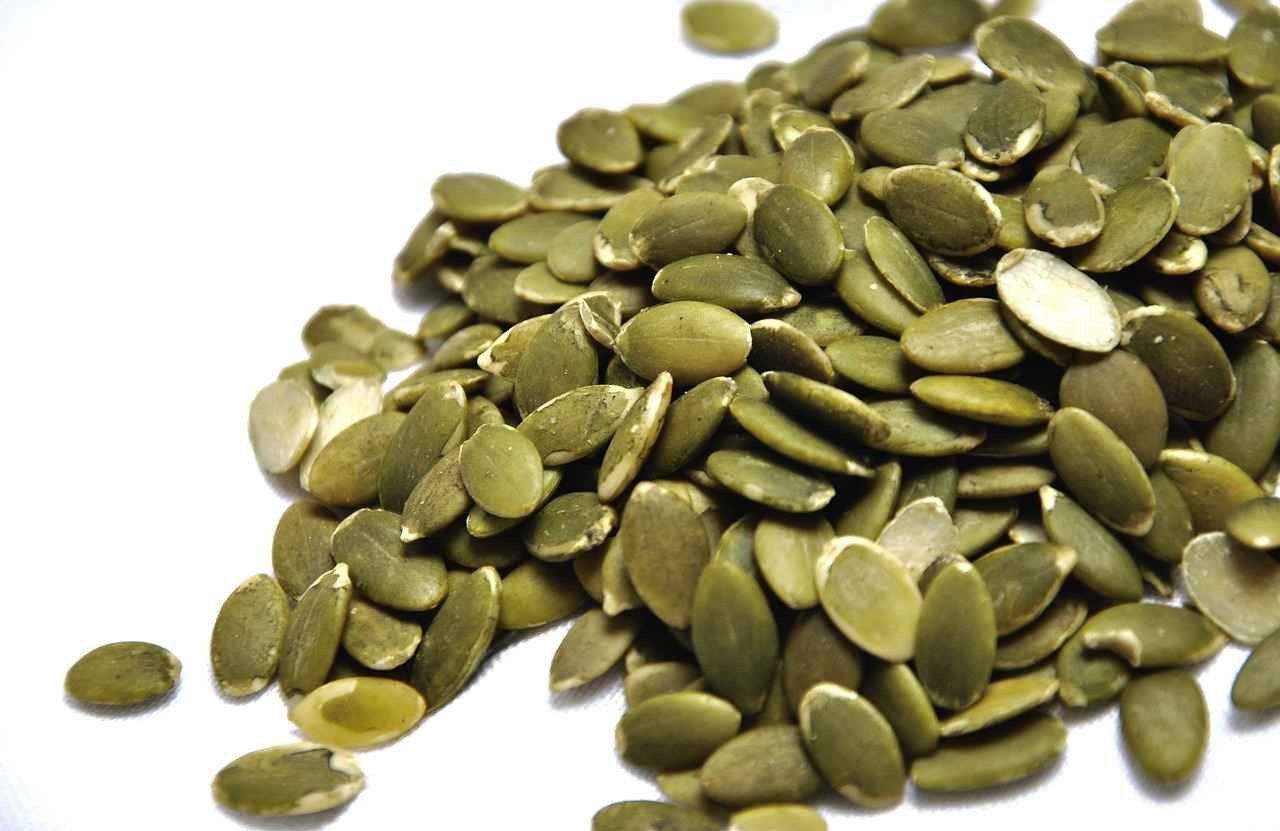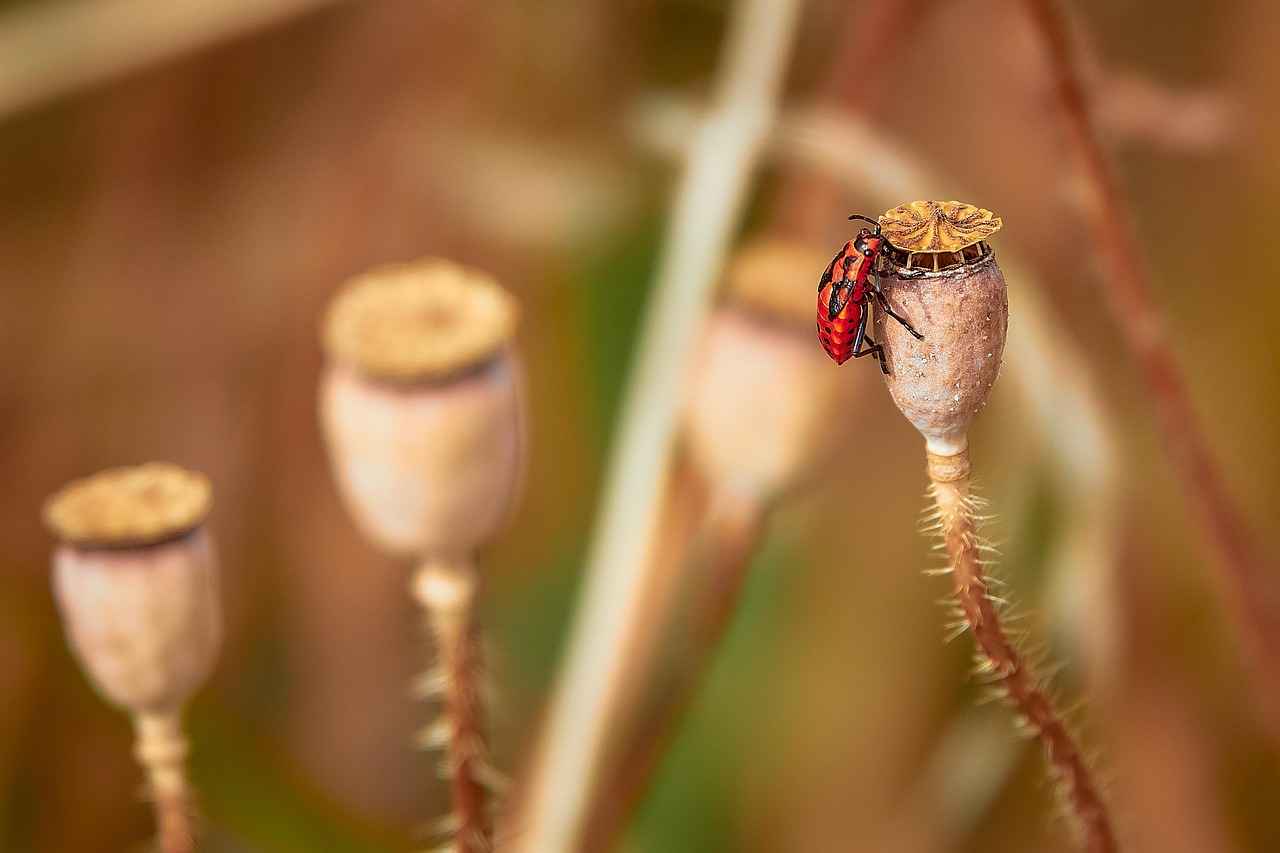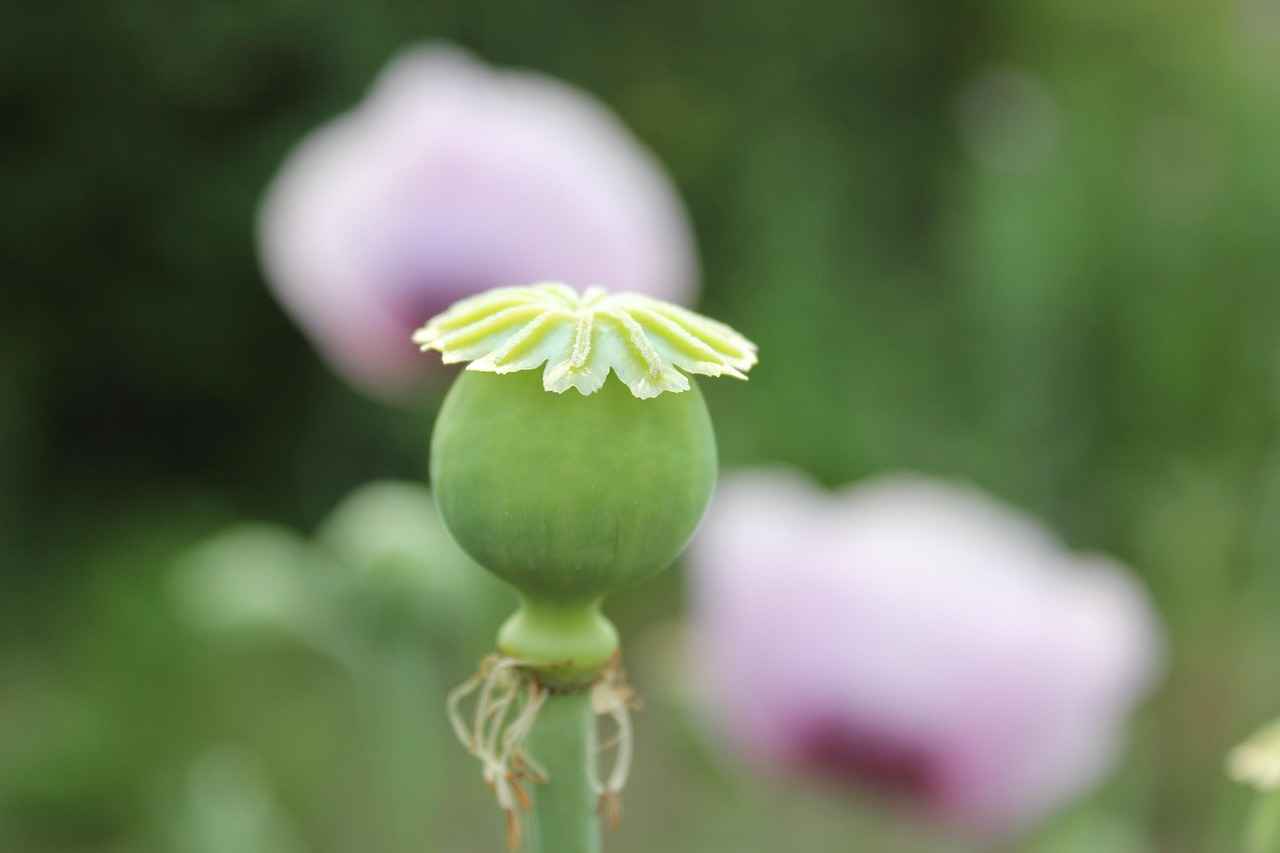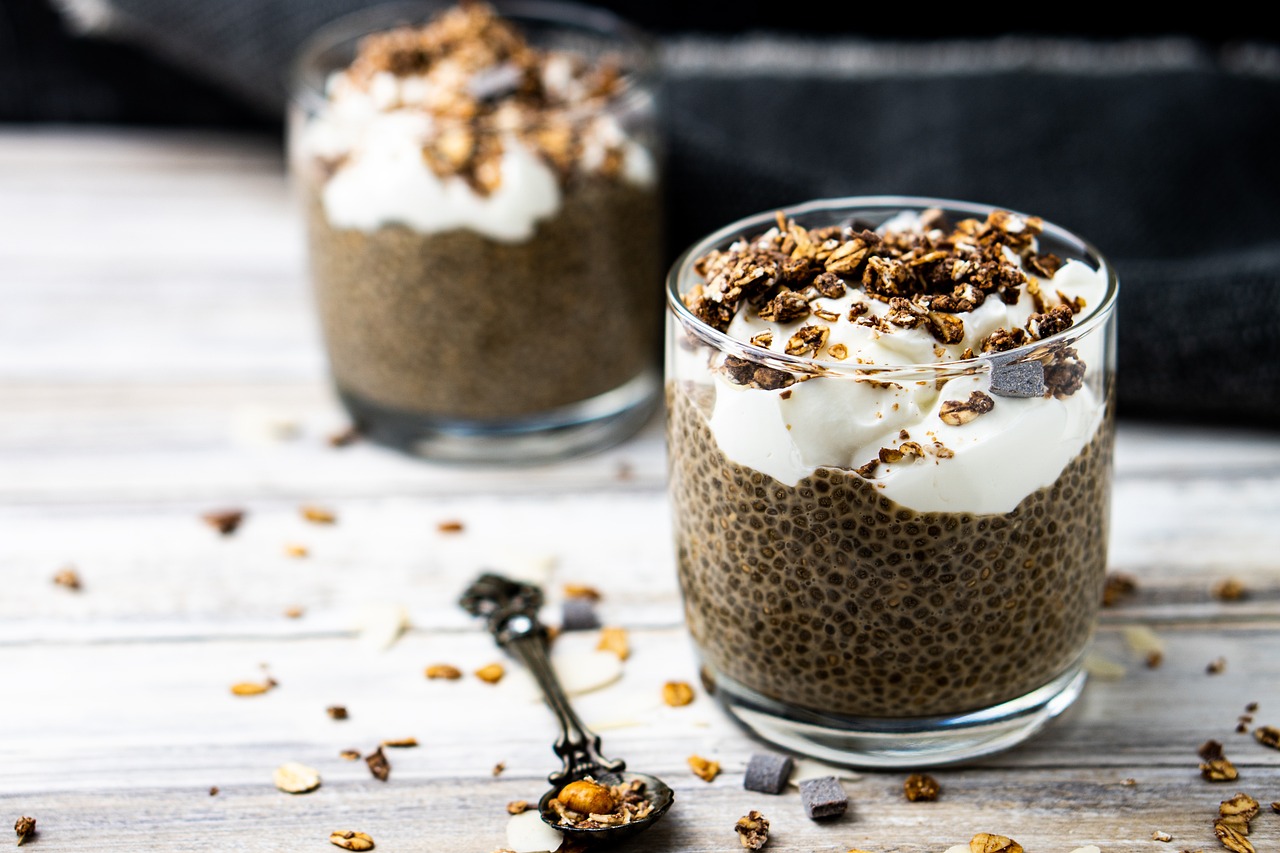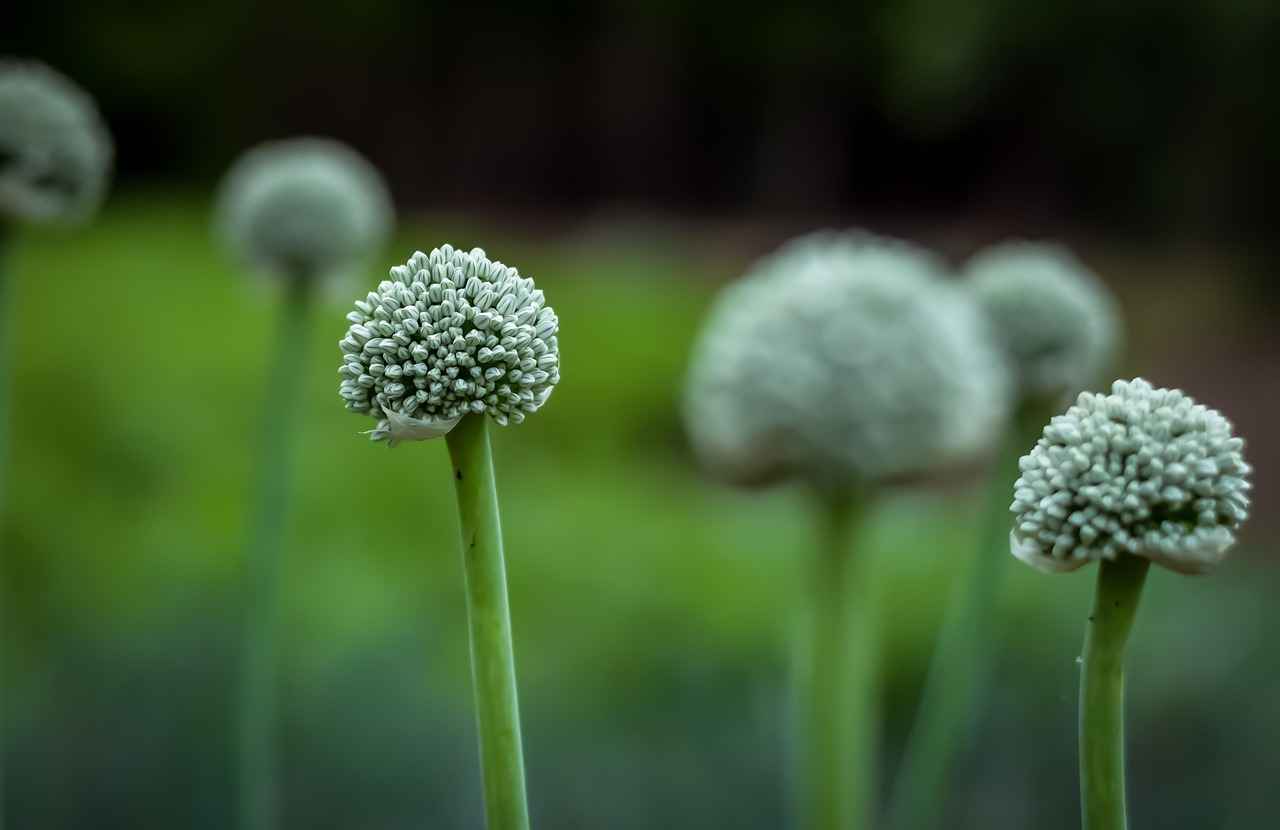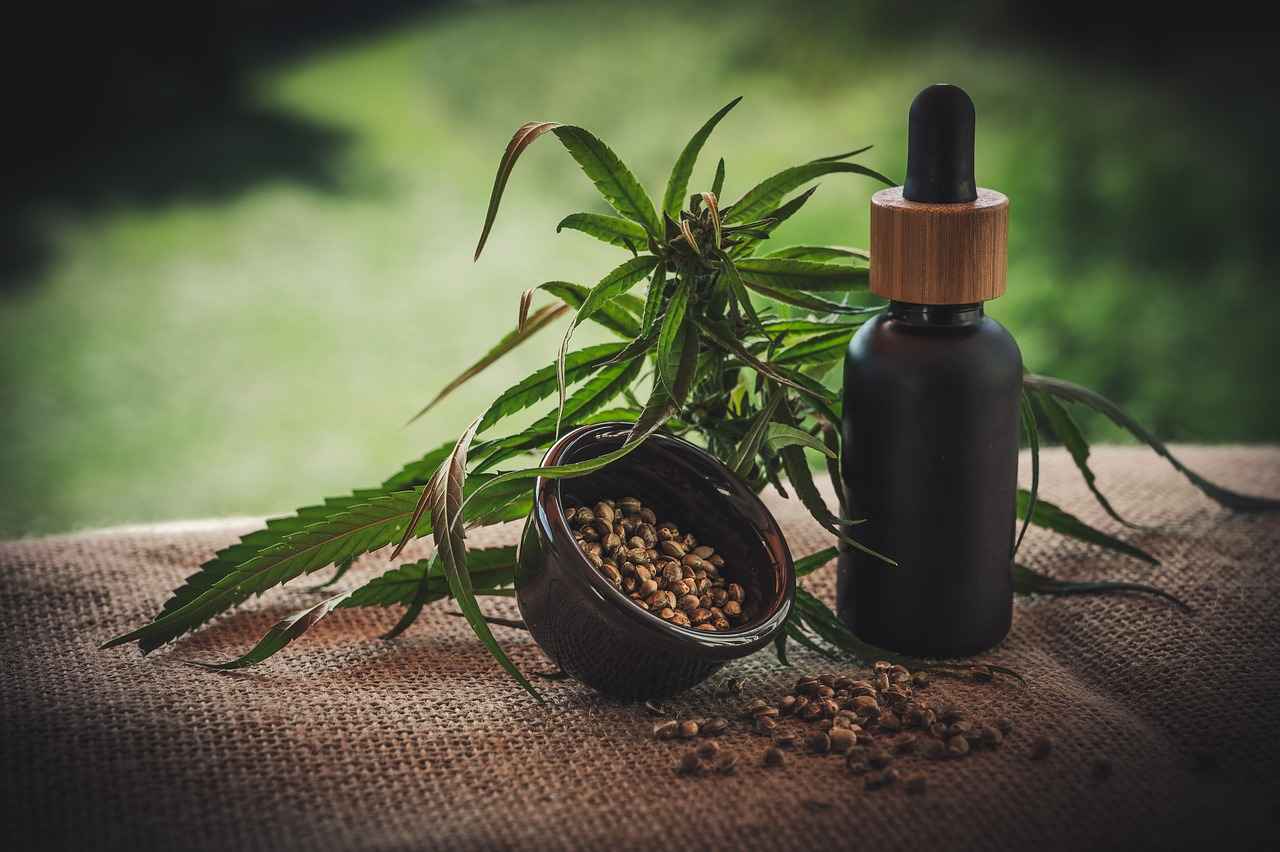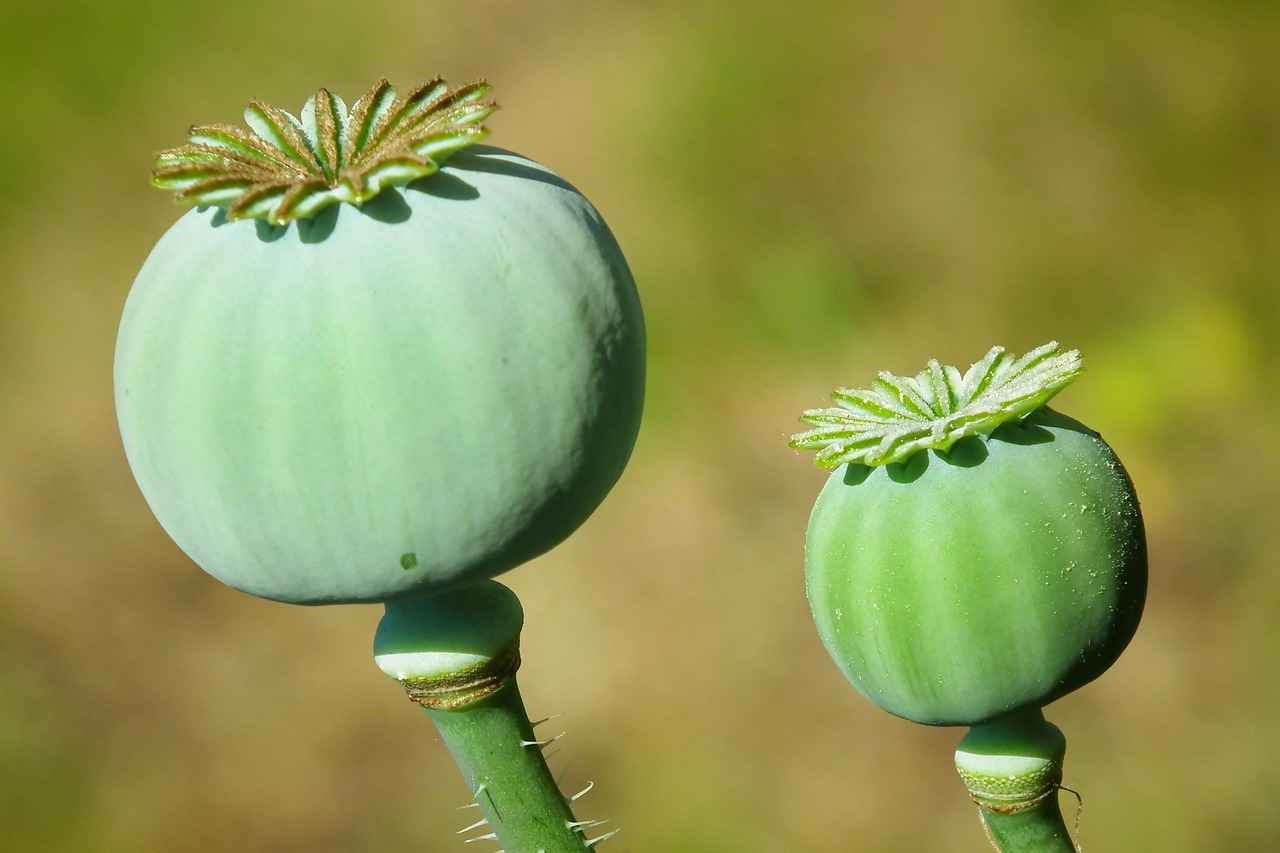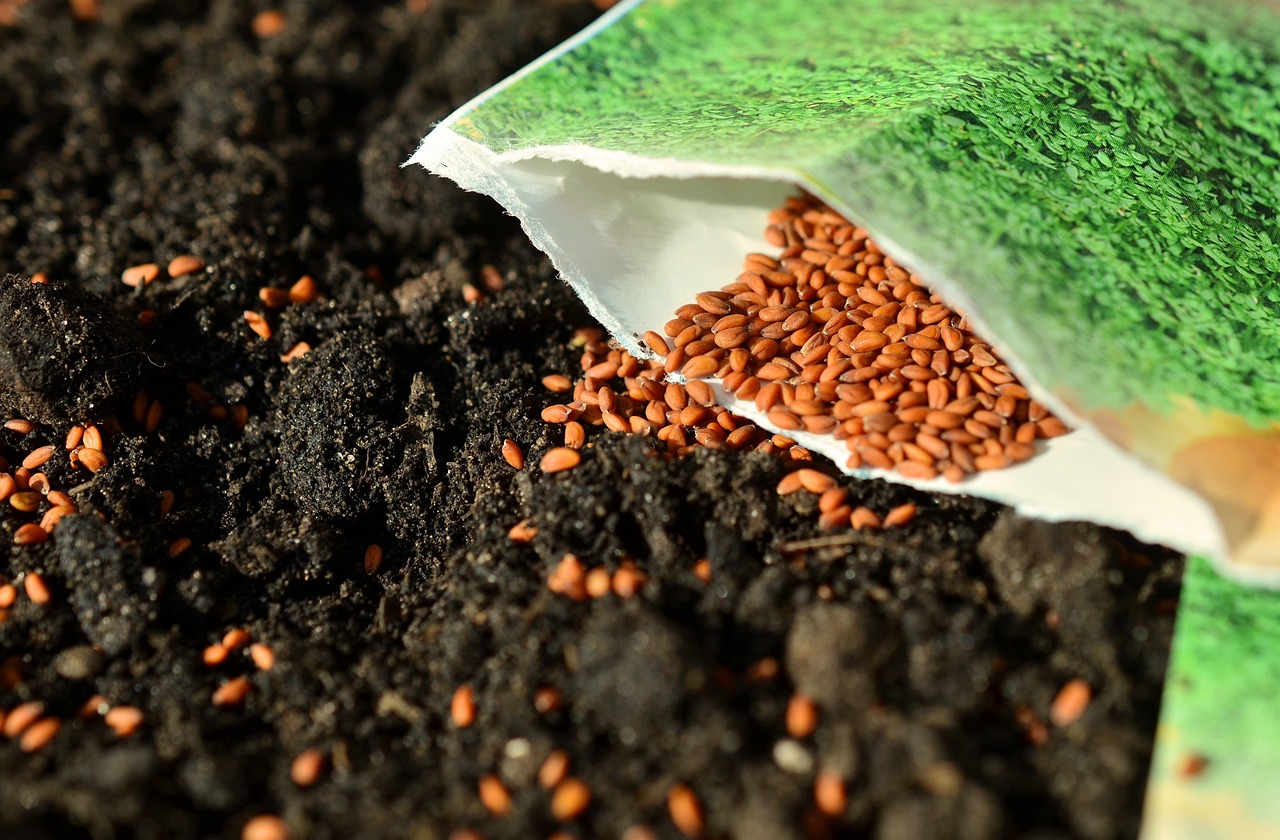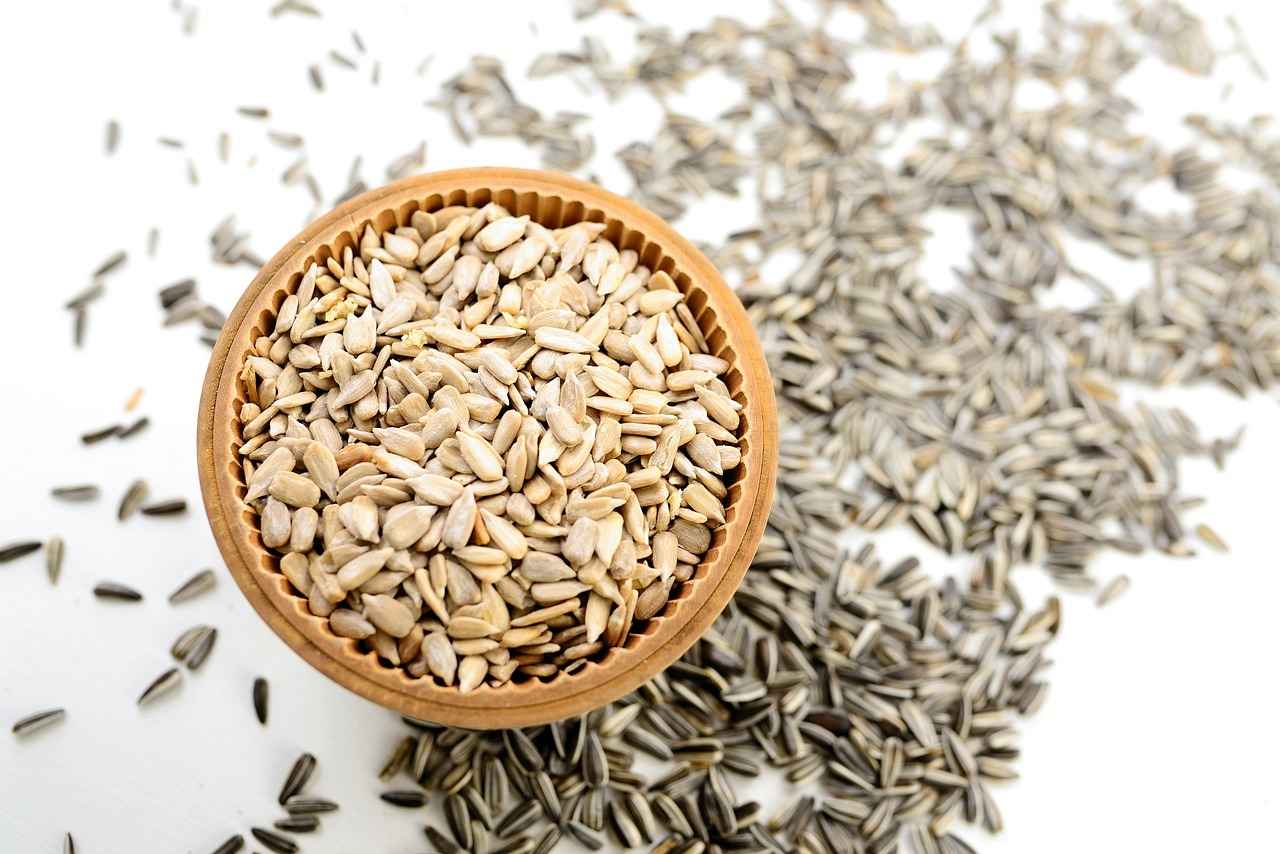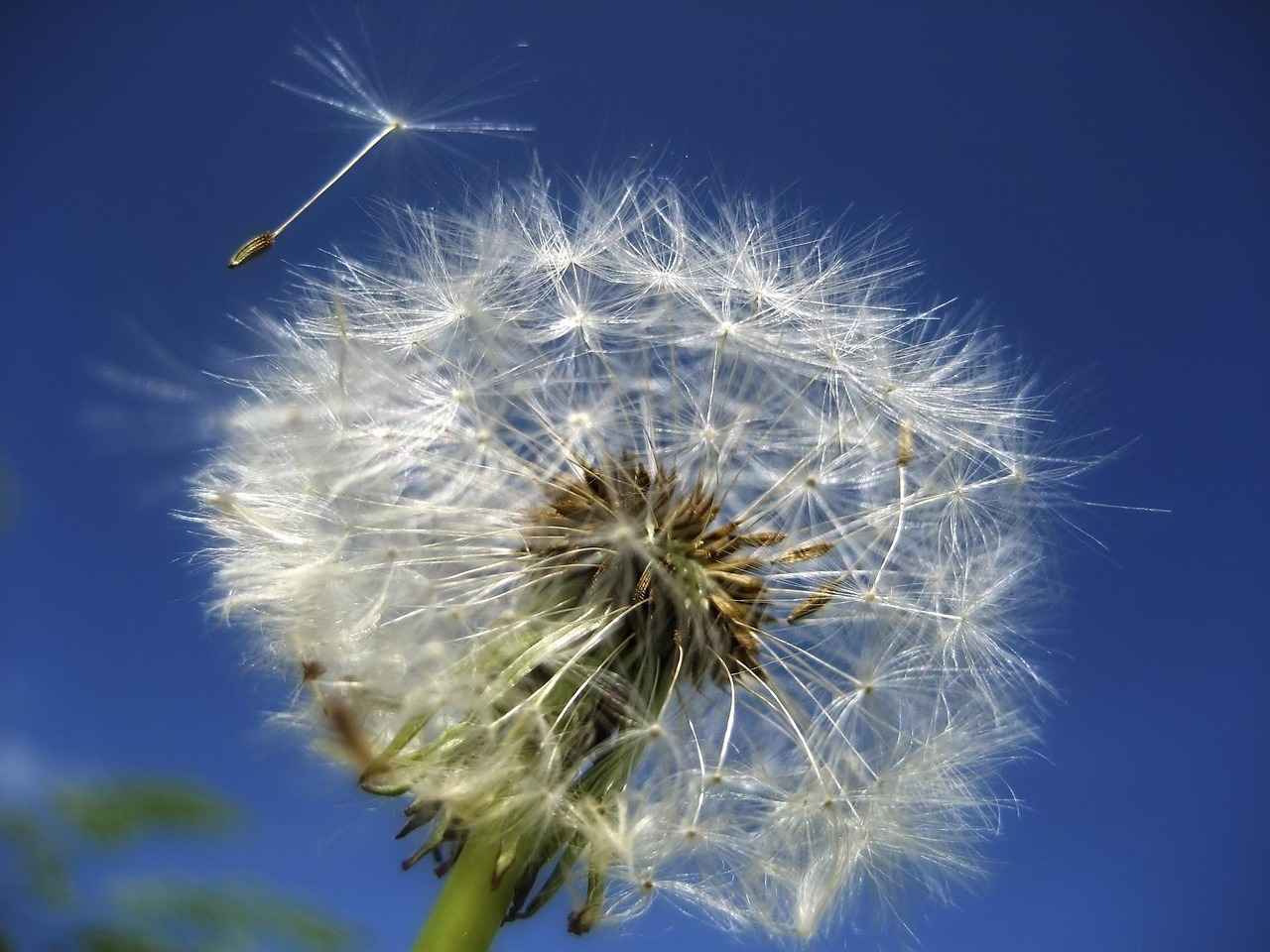Chia seeds have gained immense popularity as a superfood, known for their rich nutrient profile and health benefits. However, many people overlook the importance of soaking these tiny seeds. This article delves into the optimal soaking time for chia seeds, highlighting the benefits of soaking and its impact on nutrient absorption, texture, and overall health benefits.
Soaking chia seeds is essential for several reasons. Firstly, it enhances their nutritional value by unlocking vital nutrients that may otherwise be difficult for the body to absorb. Soaking also aids in digestion, making the seeds more palatable and easier to digest.
When chia seeds are soaked, they absorb liquid and expand, creating a gel-like consistency. This transformation not only changes their texture but also increases their nutritional benefits. The gel formed helps to slow down digestion, providing a steady release of energy and promoting satiety.
The ideal soaking time for chia seeds ranges from 30 minutes to 2 hours. This duration allows the seeds to fully hydrate, ensuring optimal nutrient absorption. For those looking to maximize benefits, soaking for a longer period can be advantageous.
Yes, soaking chia seeds overnight is a common and effective practice. This method not only maximizes hydration but also ensures that the seeds are ready to use in the morning, making it a convenient option for meal prep.
The choice of liquid can significantly influence the flavor and nutritional profile of soaked chia seeds. Popular options include:
- Water: The simplest choice, allowing the natural flavor of chia seeds to shine.
- Almond Milk: Adds a nutty flavor and enhances the nutritional content.
- Coconut Milk: Provides a creamy texture and tropical taste, rich in healthy fats.
Incorporating soaked chia seeds into your meals is easy and versatile. Here are some delicious ways to enjoy them:
- Add to smoothies for a nutrient boost.
- Mix into yogurt or oatmeal for added texture and health benefits.
- Use as a thickening agent in soups and sauces.
While soaking chia seeds is generally safe, there are some potential risks to be aware of. Over-soaking can lead to excessive gel formation, which might alter the texture and could cause digestive discomfort for some individuals.
Properly soaked chia seeds should have a gel-like consistency and be plump, indicating they have absorbed enough liquid. If the seeds appear dry or grainy, they may need more soaking time.
Soaking chia seeds enhances the bioavailability of several essential nutrients, including:
- Omega-3 Fatty Acids: Important for heart health.
- Fiber: Supports digestive health.
- Antioxidants: Help combat oxidative stress.
Overall, soaking chia seeds not only improves their texture and digestibility but also maximizes their health benefits, making them a valuable addition to any diet.

Why Soak Chia Seeds?
Soaking chia seeds is a practice that has gained popularity among health enthusiasts for its numerous benefits. Understanding the reasons behind soaking chia seeds can significantly enhance their nutritional value and improve digestion. This simple process of soaking not only unlocks essential nutrients but also makes them more accessible for your body to absorb.
One of the primary reasons to soak chia seeds is to improve their digestibility. When chia seeds are dry, they contain anti-nutrients like phytic acid, which can inhibit the absorption of minerals. Soaking helps to neutralize these anti-nutrients, allowing for better nutrient uptake. Furthermore, the soaking process activates enzymes that aid in digestion, making it easier for your body to break down and utilize the nutrients present in the seeds.
Additionally, soaking chia seeds allows them to absorb water and expand, forming a gel-like consistency. This transformation not only alters their texture but also enhances their nutritional benefits. The gel created during soaking is rich in soluble fiber, which can help regulate blood sugar levels and promote a feeling of fullness. This is particularly beneficial for those looking to manage their weight or improve their overall health.
Moreover, soaking chia seeds increases the bioavailability of important nutrients such as omega-3 fatty acids, protein, and antioxidants. These nutrients are crucial for maintaining heart health, reducing inflammation, and supporting overall well-being. By soaking chia seeds, you ensure that your body can effectively absorb these vital components, maximizing their health benefits.
Another advantage of soaking chia seeds is their versatility in various recipes. Soaked chia seeds can be easily incorporated into smoothies, puddings, and baked goods, enhancing the nutritional profile of your meals. They can also be used as a thickening agent in soups and sauces, providing a nutritious boost without altering the flavor of your dishes.
In summary, soaking chia seeds is a simple yet effective way to unlock their full potential. By enhancing their digestibility, improving nutrient absorption, and providing a versatile ingredient for various recipes, soaking chia seeds can significantly contribute to a healthier diet. So, whether you are looking to boost your nutrient intake or simply enjoy the unique texture of soaked chia seeds, this practice is worth incorporating into your daily routine.
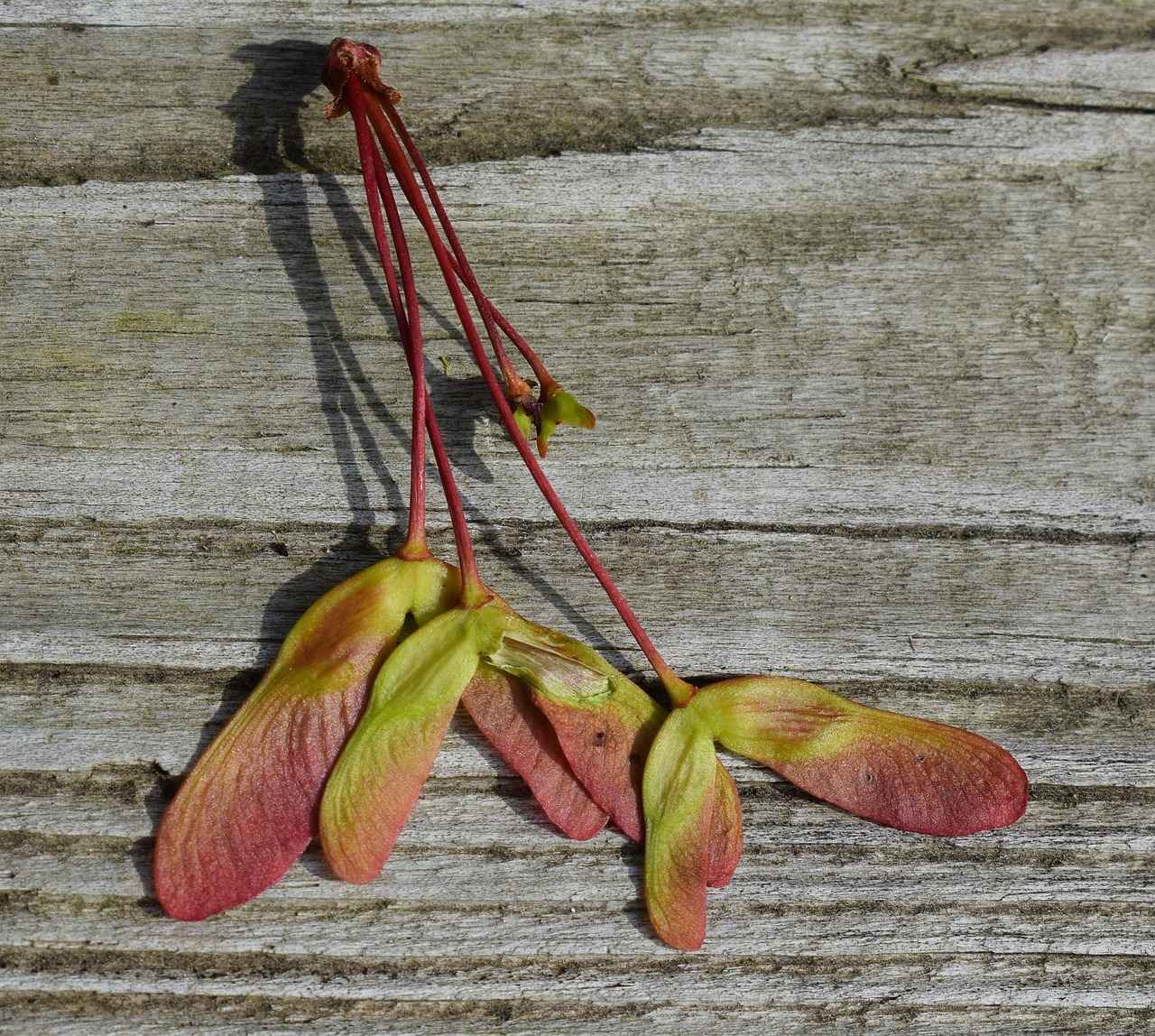
What Happens When You Soak Chia Seeds?
When it comes to chia seeds, soaking them is a popular method that many health enthusiasts swear by. But what actually happens during this process? Soaking chia seeds transforms them in more ways than one, leading to a multitude of benefits.
When chia seeds are soaked, they undergo a fascinating transformation. These tiny seeds can absorb up to 12 times their weight in water, which results in a gel-like consistency. This is primarily due to the soluble fiber present in chia seeds. As they absorb liquid, they swell and create a thick, viscous texture that many find appealing in various recipes.
This gel formation not only changes the texture but also plays a crucial role in enhancing the nutritional benefits of chia seeds. The soaking process helps to unlock essential nutrients, making them more bioavailable for your body to absorb. For instance, the omega-3 fatty acids, fiber, and antioxidants in chia seeds become easier for your digestive system to utilize after soaking.
- Improved Digestibility: Soaking chia seeds helps break down the outer shell, allowing for better nutrient absorption.
- Hydration: The gel-like consistency aids in hydration, making chia seeds a popular addition to smoothies and health drinks.
- Weight Management: The gel formed can promote a feeling of fullness, which may assist in weight management.
Moreover, the soaking process can enhance the flavor profile of chia seeds. When soaked in liquids like almond milk or coconut water, they absorb these flavors, making them a delicious addition to various dishes. This versatility allows you to incorporate them into your diet in numerous ways, from puddings to salads.
It’s also worth noting that soaking chia seeds can help reduce the presence of anti-nutrients, such as phytic acid, which can hinder the absorption of minerals. By soaking, you effectively minimize these compounds, allowing your body to better absorb vital nutrients like calcium, magnesium, and iron.
However, it’s essential to soak chia seeds for the right amount of time. Typically, soaking them for 30 minutes to 2 hours is recommended. This duration allows the seeds to fully hydrate without becoming overly gelatinous, which can affect their texture and palatability.
In summary, soaking chia seeds is a simple yet effective way to enhance their nutritional profile and digestibility. The gel-like consistency formed during soaking not only alters their texture but also unlocks a treasure trove of health benefits. Whether you’re aiming to improve your digestive health, increase your nutrient intake, or simply enjoy a tasty addition to your meals, soaked chia seeds can be a valuable component of your diet.
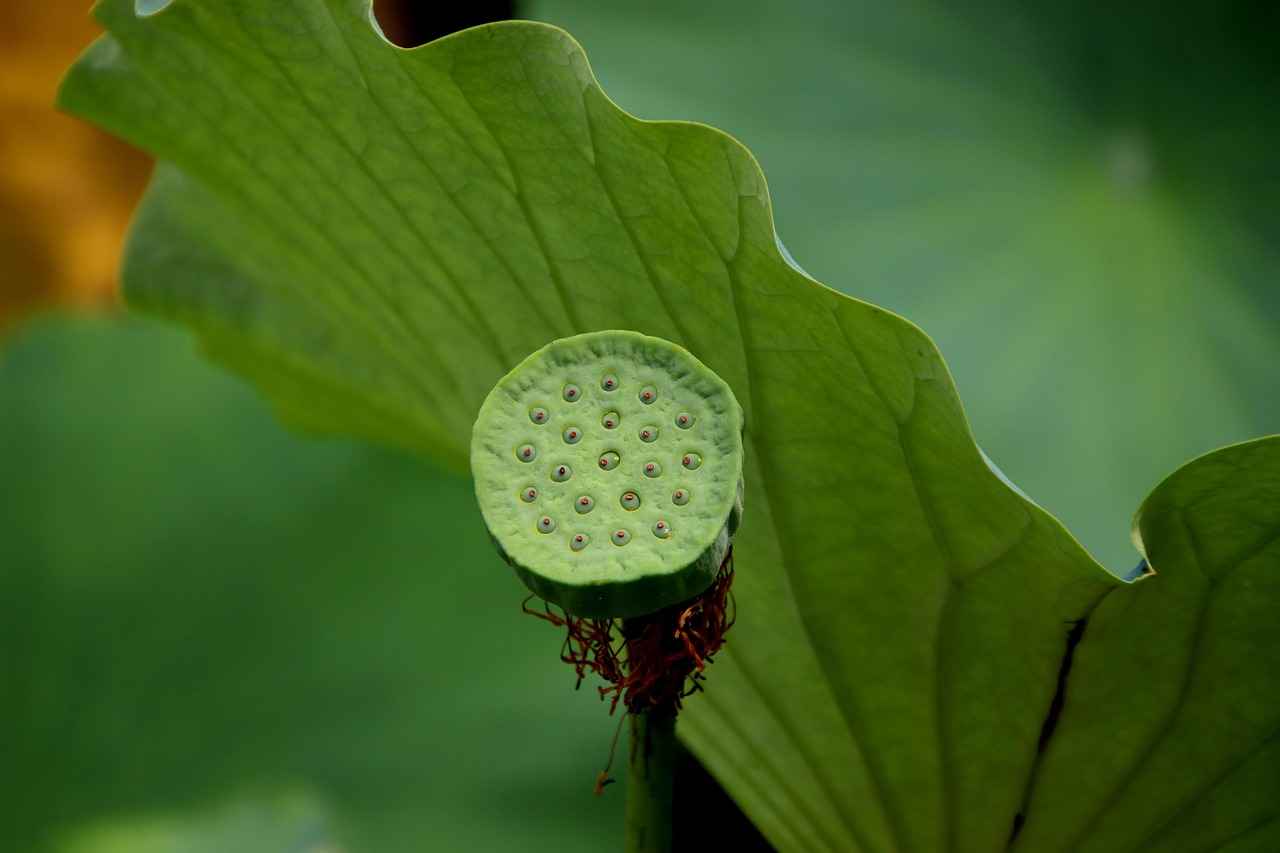
How Long Should You Soak Chia Seeds?
When it comes to incorporating chia seeds into your diet, one of the most frequently asked questions is, “How long should you soak chia seeds?” The soaking process is crucial for maximizing the nutritional benefits of these tiny powerhouses. In this section, we will delve into the optimal soaking time for chia seeds and explore how it affects their health benefits.
The ideal soaking time for chia seeds is typically between 30 minutes to 2 hours. This range allows for optimal nutrient absorption and ensures that the seeds are adequately hydrated for consumption. When chia seeds are soaked, they absorb water and swell, forming a gel-like consistency that not only changes their texture but also enhances their digestibility.
- 30 Minutes: Soaking chia seeds for at least 30 minutes allows them to absorb some water and begin the hydration process. This is a quick option for those who want to incorporate chia seeds into their meals without much preparation time.
- 1 Hour: A soaking time of one hour is often recommended for a balance between hydration and convenience. At this point, the seeds will have a noticeable gel-like texture, making them more palatable.
- 2 Hours: For those looking to maximize the health benefits, soaking chia seeds for up to two hours ensures they are fully hydrated. This duration enhances the absorption of nutrients, including omega-3 fatty acids and fiber, making them easier for your body to digest.
Some people wonder, “Can you soak chia seeds overnight?” Yes, soaking chia seeds overnight is a common practice that allows for maximum hydration and nutrient absorption. This method is particularly convenient for meal prep, ensuring that you have ready-to-use chia seeds in the morning. However, it is essential to monitor the soaking time, as overly soaked seeds can become excessively gelatinous, which may not be appealing to everyone.
Another question often arises: “What is the best liquid to soak chia seeds?” While water is the most common choice, you can also use almond milk, coconut milk, or even fruit juices to enhance the flavor and nutritional profile of the seeds. The liquid you choose can significantly impact the taste and texture of your final dish.
To incorporate soaked chia seeds into your meals, consider adding them to smoothies, oatmeal, or yogurt. They can also serve as a thickening agent in various recipes, adding both texture and nutritional value. The versatility of chia seeds makes them an easy addition to your diet.
In conclusion, understanding how long to soak chia seeds is essential for maximizing their health benefits. Whether you choose to soak them for 30 minutes, 1 hour, or overnight, the key is to ensure they are adequately hydrated for optimal nutrient absorption. By following these guidelines, you can enjoy the full spectrum of health benefits that chia seeds have to offer.

Can You Soak Chia Seeds Overnight?
Soaking chia seeds overnight is an increasingly popular practice among health enthusiasts. This method not only enhances the hydration of the seeds but also maximizes their nutrient absorption. By allowing chia seeds to soak overnight, you ensure they are ready for use the next morning, making it a convenient option for meal preparation.
Chia seeds, known for their high content of omega-3 fatty acids, fiber, and various essential nutrients, can be transformed by soaking. When left in liquid overnight, these tiny seeds swell up and form a gel-like consistency, which can be a delightful addition to various recipes. This process not only improves their texture but also enhances their health benefits, making them easier for the body to digest and absorb.
One of the primary reasons for soaking chia seeds is to increase their bioavailability. When chia seeds are soaked, they absorb liquid and expand, which helps unlock their nutrients. This is particularly beneficial for individuals looking to maximize their intake of antioxidants and fiber. The soaking process can also aid in reducing the risk of digestive discomfort that some people may experience when consuming dry chia seeds.
Many people wonder, “How long should you soak chia seeds for optimal results?” While soaking for 30 minutes to 2 hours is generally effective, soaking them overnight can yield even better results. This extended soaking time allows the seeds to fully absorb the liquid, resulting in a plump and gelatinous texture that can be easily incorporated into meals.
When considering what liquid to use for soaking chia seeds, options are plentiful. Water is the most straightforward choice, but for added flavor and nutrition, almond milk, coconut milk, or even fruit juices can be excellent alternatives. These liquids not only enhance the taste but can also contribute additional nutrients to your diet.
Incorporating soaked chia seeds into your meals is simple and versatile. They can be added to s smoothies, mixed into yogurt, or stirred into oatmeal. Additionally, they can serve as a thickening agent in soups and sauces, making them a great addition to various dishes.
While soaking chia seeds is generally safe, it’s important to be aware of potential risks. Over-soaking can lead to an overly gelatinous texture, which may not be appealing to everyone. It’s crucial to find the right balance that works for your palate and digestive comfort.
To determine if your chia seeds are properly soaked, look for a gel-like consistency and a plump appearance. Properly soaked seeds should have absorbed enough liquid to create a satisfying texture, making them ready for consumption.
In summary, soaking chia seeds overnight is a beneficial practice that can enhance their nutritional value and improve digestibility. This method allows for maximum hydration and nutrient absorption, making it a practical choice for anyone looking to incorporate these tiny superfoods into their diet.
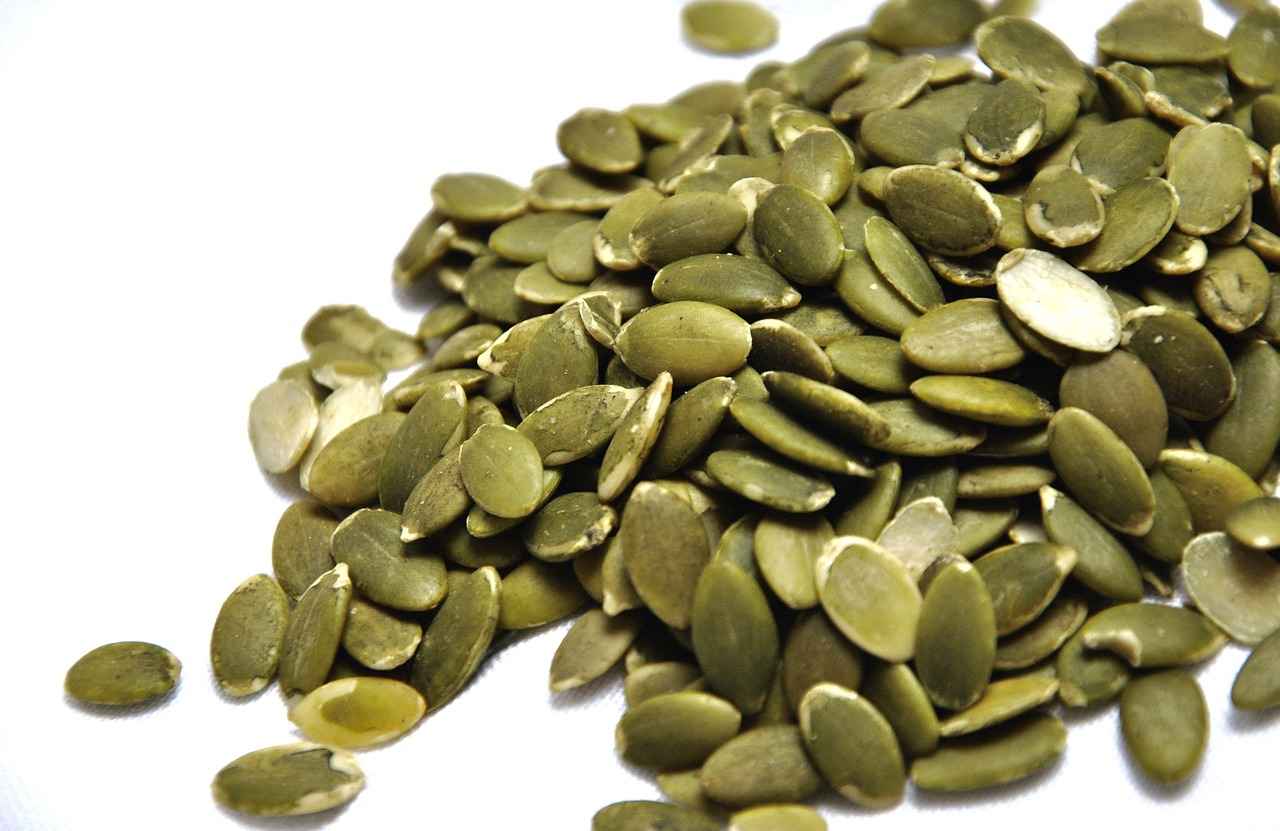
What is the Best Liquid to Soak Chia Seeds?
When it comes to soaking chia seeds, the choice of liquid can significantly influence both their flavor and nutritional benefits. While many people default to using plain water, there are several alternatives that can enhance your chia seed experience. This article delves into the best liquids for soaking chia seeds, highlighting their unique advantages.
Using different liquids not only adds flavor but also boosts the nutritional profile of chia seeds. Each liquid brings its own set of vitamins, minerals, and health benefits, making your chia seed pudding or smoothie even more nutritious.
Soaking chia seeds in water is the most straightforward method. It hydrates the seeds effectively, allowing them to expand and form their characteristic gel-like texture. While this option is neutral in taste, it is essential for those who prefer a simple, unflavored base.
Almond milk is a popular choice for soaking chia seeds due to its rich flavor and creamy texture. This dairy-free alternative is low in calories and packed with vitamin E, which is an antioxidant that helps protect your cells. Additionally, almond milk complements the nutty taste of chia seeds, making it a delightful addition to smoothies or puddings.
Coconut milk offers a unique, tropical flavor that pairs exceptionally well with chia seeds. It is rich in healthy fats, particularly medium-chain triglycerides (MCTs), which can provide quick energy. Soaking chia seeds in coconut milk not only enhances the taste but also adds a creamy consistency that many find irresistible.
For those looking to infuse their chia seeds with a fruity flavor, using fruit juices can be a great option. Juices like orange, apple, or even berry blends can add a burst of flavor and sweetness. However, it’s important to note that juice can also increase the sugar content, so moderation is key.
Soaking chia seeds in herbal teas, such as chamomile or green tea, can impart a subtle flavor while offering additional health benefits. Herbal teas are often rich in antioxidants and can provide calming effects, making them an excellent choice for a soothing chia seed pudding.
For a more decadent option, consider soaking chia seeds in plant-based yogurt. This not only enhances the creaminess but also adds probiotics, which are beneficial for gut health. The tangy flavor of yogurt can balance the natural nuttiness of chia seeds, creating a delicious and nutritious snack.
The best liquid for soaking chia seeds ultimately depends on your personal preference and dietary needs. Consider what flavors you enjoy and what nutritional benefits you aim to achieve. Experimenting with different liquids can lead to delightful discoveries and enhance your overall chia seed experience.
Incorporating a variety of liquids when soaking chia seeds can elevate your dishes, making them not only more flavorful but also more nutritious. Whether you opt for the simplicity of water or the richness of coconut milk, each choice offers unique benefits that can cater to your taste and health goals.
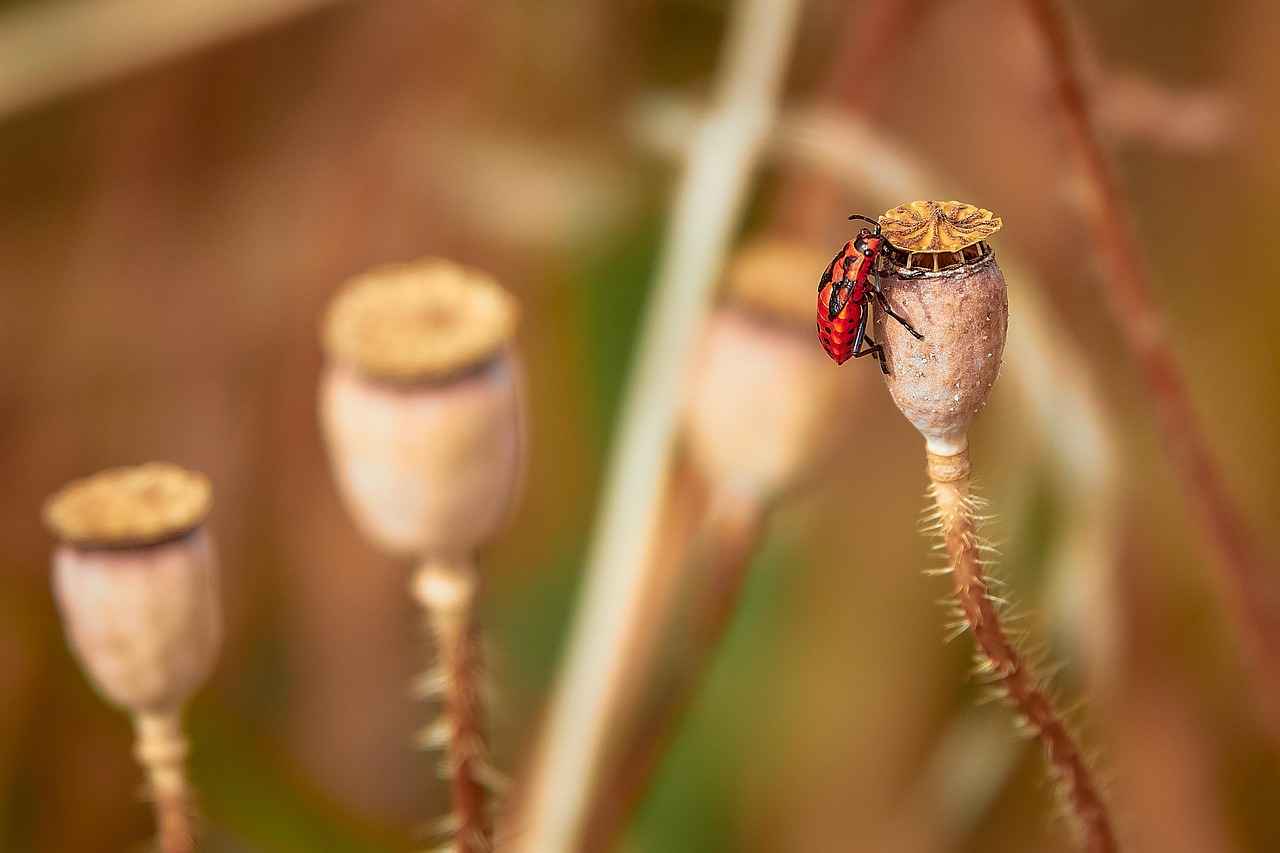
How to Incorporate Soaked Chia Seeds into Your Diet?
Incorporating soaked chia seeds into your diet can be both simple and delicious. These tiny seeds are not only versatile but also packed with nutrients, making them an excellent addition to various meals. Here are some creative and tasty ways to include soaked chia seeds in your daily nutrition.
One of the easiest ways to enjoy soaked chia seeds is by adding them to your smoothies. Simply blend your favorite fruits and vegetables, and toss in a couple of tablespoons of soaked chia seeds. This will not only enhance the texture but also boost the nutritional value of your drink. The seeds will add a nice thickness, making your smoothie more satisfying.
Soaked chia seeds can also be mixed into yogurt for a nutritious breakfast or snack. Combine your favorite yogurt with soaked chia seeds and top it with fresh fruits, nuts, or honey. This combination is not only tasty but also provides a good balance of protein, fiber, and healthy fats.
Another great way to incorporate soaked chia seeds is by adding them to your morning oatmeal. Stir in the seeds after cooking your oats, allowing them to absorb some moisture and create a creamy texture. You can also add spices like cinnamon or vanilla for extra flavor.
Soaked chia seeds can act as an excellent thickening agent in various recipes. Whether you are making soups, sauces, or puddings, adding a spoonful of soaked chia seeds can help achieve the desired consistency without the need for additional thickeners. This is particularly useful for those looking to maintain a healthy diet without processed ingredients.
For those who enjoy baking, incorporating soaked chia seeds into your baked goods can be a great idea. You can substitute a portion of the flour in muffins, pancakes, or bread with soaked chia seeds. This adds moisture and nutrition to your baked items, making them more wholesome.
Chia seed puddings are a popular and healthy dessert option. To prepare, mix soaked chia seeds with your choice of milk (like almond or coconut milk) and sweetener. Let the mixture sit in the fridge for a few hours or overnight until it thickens. Top with fruits, nuts, or granola for a delightful treat.
For a nutritional boost, consider adding soaked chia seeds to your salads. They can be sprinkled on top or mixed directly into the dressing. This not only enhances the nutritional profile of your meal but also adds a delightful crunch.
Soaked chia seeds can also be used to make energy bites. Combine them with oats, nut butter, honey, and your choice of mix-ins like chocolate chips or dried fruits. Roll the mixture into small balls and refrigerate for a quick, on-the-go snack.
In summary, incorporating soaked chia seeds into your diet can be both easy and enjoyable. Their versatility allows for a wide range of uses, from smoothies and yogurt to baking and energy bites. By doing so, you can enhance both the flavor and nutritional value of your meals.
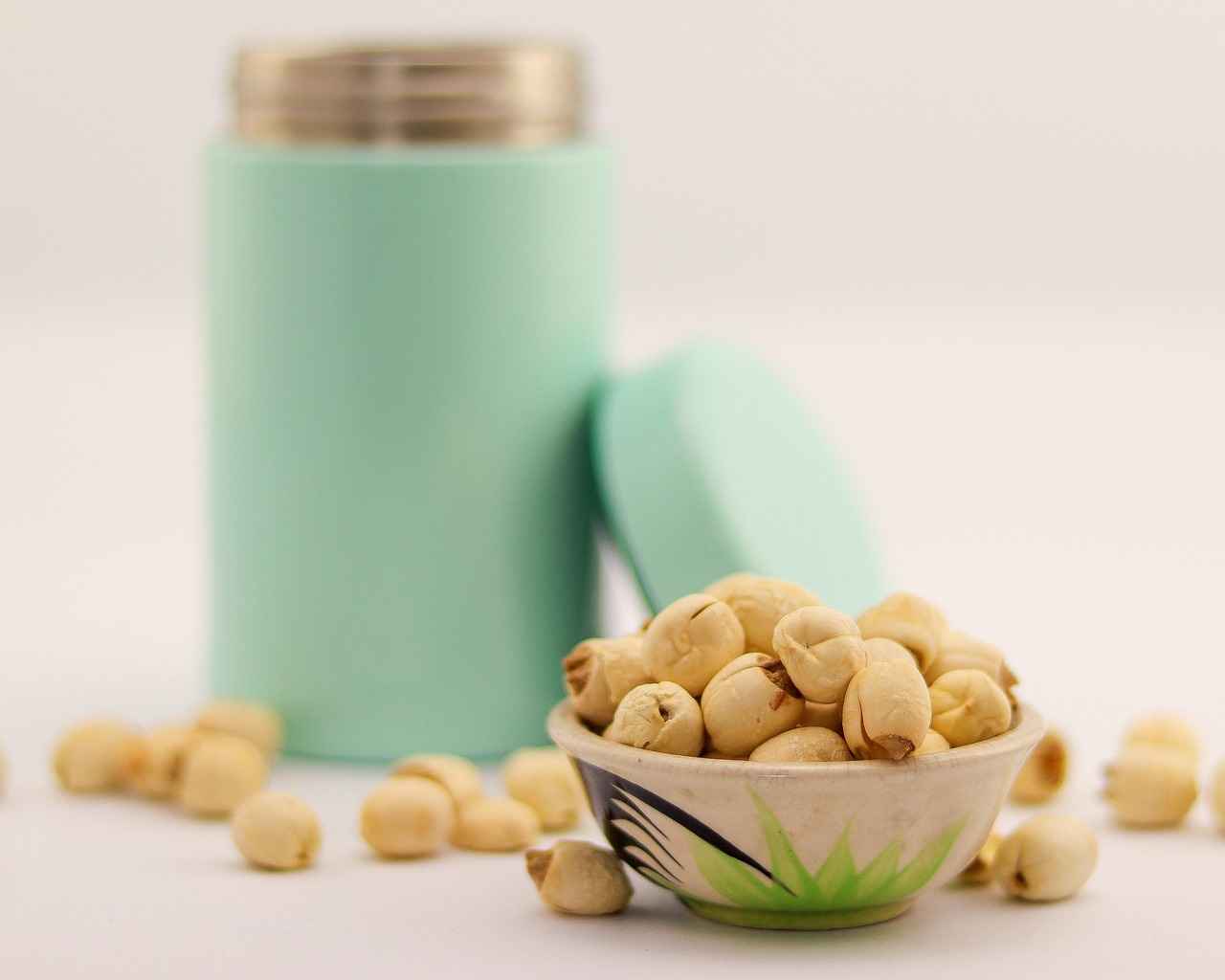
Are There Any Risks of Soaking Chia Seeds?
Chia seeds are praised for their numerous health benefits and versatility in various dishes. However, as with any food, there are some risks associated with soaking chia seeds that one should be aware of. This article delves into the potential downsides of soaking chia seeds, ensuring you are well-informed before incorporating them into your diet.
While soaking chia seeds is generally considered safe, over-soaking can lead to some undesirable effects. When chia seeds are soaked for an extended period, they absorb too much water, resulting in an excessively gel-like consistency. This can make them less palatable and may pose a challenge for digestion for some individuals.
For certain individuals, the gel-like texture of over-soaked chia seeds can be difficult to digest. The high fiber content in chia seeds is beneficial in moderation, but when combined with excessive gel formation, it may lead to gastrointestinal discomfort. Some people may experience bloating or gas, particularly if they are not used to high-fiber foods.
Although rare, some individuals may have an allergic reaction to chia seeds. Symptoms can include itching, swelling, or gastrointestinal issues. If you notice any adverse reactions after consuming soaked chia seeds, it is advisable to consult a healthcare professional.
The ideal soaking time for chia seeds is typically between 30 minutes to 2 hours. This range allows for optimal nutrient absorption without the risk of over-soaking. By adhering to this guideline, you can enjoy the benefits of chia seeds while minimizing potential risks.
Over-soaking chia seeds may also dilute some of their nutritional benefits. While soaking enhances the bioavailability of nutrients, excessive soaking could potentially lead to a loss of valuable nutrients over time. Therefore, it is crucial to find a balance that maximizes health benefits without compromising nutritional value.
- Monitor the soaking time closely and set a timer.
- Experiment with different soaking durations to find your preferred texture.
- Store soaked chia seeds in the refrigerator and consume them within a few days to prevent spoilage.
Properly soaked chia seeds should have a plump and gel-like consistency. They should not be overly watery or slimy. If you notice an unpleasant texture or taste, it may indicate that they have been soaked for too long.
In conclusion, while soaking chia seeds offers numerous health benefits, it is essential to be aware of the potential risks involved. By adhering to recommended soaking times and monitoring your body’s response, you can enjoy the many advantages of chia seeds while minimizing any adverse effects.
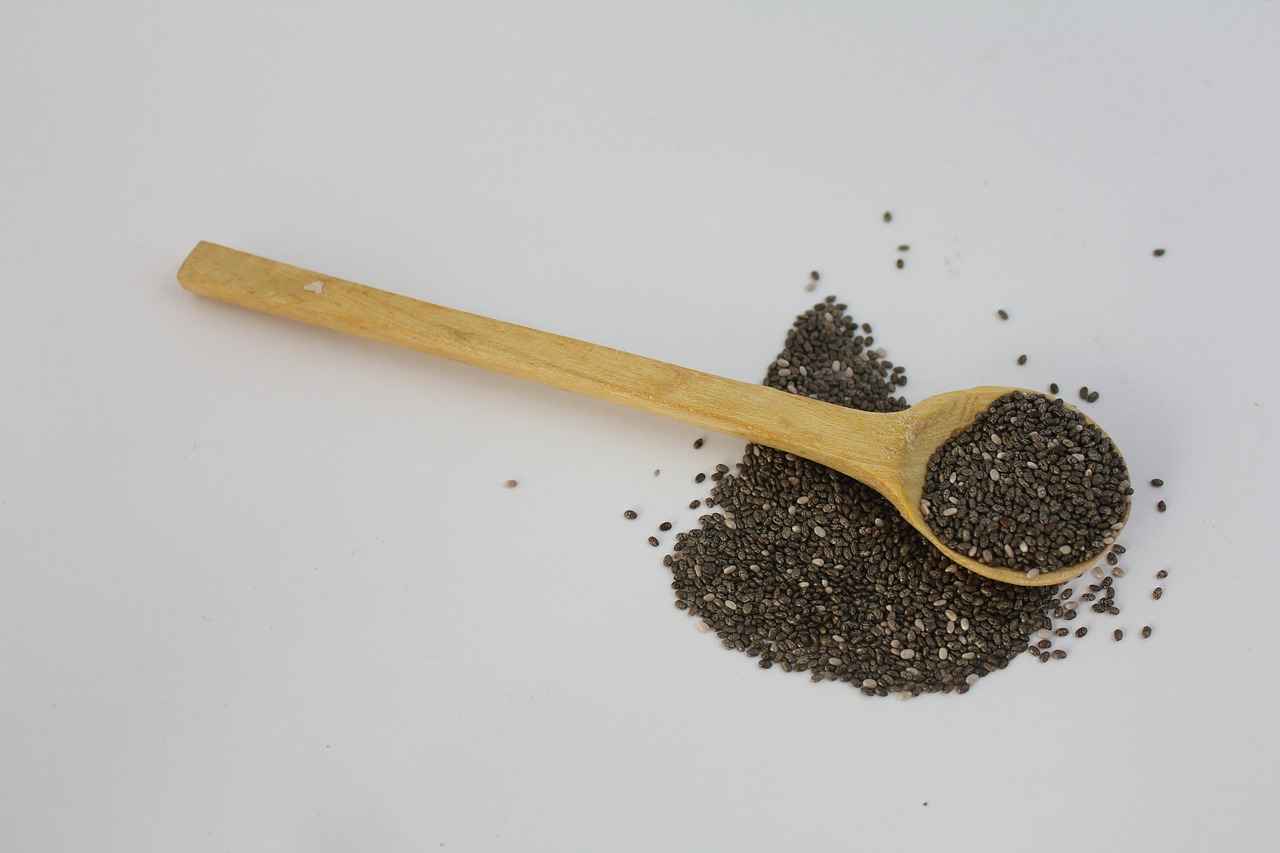
How to Tell if Chia Seeds are Properly Soaked?
When it comes to incorporating chia seeds into your diet, understanding how to tell if they are properly soaked is crucial for maximizing their health benefits. Properly soaked chia seeds not only enhance nutrient absorption but also improve texture and digestibility.
Identifying well-soaked chia seeds is essential for optimal consumption. When chia seeds are soaked correctly, they should exhibit a gel-like consistency and appear plump, indicating that they have absorbed sufficient liquid. The seeds should swell to about 10-12 times their original size, creating a jelly-like coating around them.
- Gel Formation: Well-soaked seeds will form a thick gel that can be seen easily. If the seeds are floating in water without any gel, they may need more soaking time.
- Size Increase: Properly soaked chia seeds will be significantly larger than dry seeds. Check for expansion; they should look almost translucent.
- Uniformity: The texture should be consistent throughout, with no hard or dry seeds remaining. This uniformity indicates thorough hydration.
In addition to visual cues, consider the texture when assessing whether chia seeds are properly soaked. They should feel smooth and slippery, making them easy to incorporate into various dishes. If the seeds are gritty or hard, they likely need more soaking time. The taste of soaked chia seeds is mild, allowing them to blend seamlessly into smoothies, puddings, or oatmeal.
To achieve the right consistency, chia seeds should ideally be soaked for 30 minutes to 2 hours. However, soaking them overnight is also a popular method that guarantees maximum hydration and nutrient absorption. This extended soaking time allows the seeds to fully expand and develop their gel-like quality.
While soaking chia seeds is beneficial, it’s important to note that over-soaking can lead to excessive gel formation. This may result in a texture that some find unappealing. If the seeds become too gelatinous, they might not mix well with other ingredients, making them less enjoyable in recipes.
- Use the Right Ratio: A common soaking ratio is 1 part chia seeds to 6 parts liquid. Adjust based on your desired consistency.
- Experiment with Liquids: Try soaking chia seeds in water, almond milk, or coconut milk to enhance flavor and nutritional profile.
- Store Properly: If you soak a larger batch, store the gel in an airtight container in the refrigerator for up to a week.
Properly soaked chia seeds are not just about texture; they also play a vital role in nutrient absorption. Soaking helps to unlock essential nutrients, such as omega-3 fatty acids, fiber, and antioxidants, making them more bioavailable for your body. This means that your body can absorb these nutrients more efficiently, leading to better overall health benefits.
In summary, knowing how to tell if chia seeds are properly soaked involves checking for visual signs, texture, and taste. By following the guidelines outlined above, you can ensure that your chia seeds are ready for optimal consumption, enhancing both your meals and health.

What Nutrients Are Enhanced by Soaking Chia Seeds?
Chia seeds, often touted as a superfood, are packed with nutrients that contribute to overall health. However, soaking these tiny seeds can significantly enhance their nutritional profile. In this section, we delve into what nutrients are enhanced by soaking chia seeds and why this process is beneficial for your body.
Soaking chia seeds is an effective way to boost the bioavailability of several essential nutrients. This process not only improves the texture but also enhances the absorption of vital components, making them more accessible for your body to utilize. The key nutrients that benefit from soaking include:
- Omega-3 Fatty Acids: Chia seeds are one of the richest plant sources of omega-3 fatty acids, specifically alpha-linolenic acid (ALA). Soaking helps to break down the seed’s outer layer, facilitating better absorption of these healthy fats, which are crucial for heart and brain health.
- Dietary Fiber: Chia seeds are loaded with both soluble and insoluble fiber. Soaking them increases their gel-like consistency, which aids in digestion and promotes a feeling of fullness. This can be particularly beneficial for those looking to manage their weight.
- Antioxidants: These tiny seeds are also rich in antioxidants, which help combat oxidative stress and inflammation in the body. Soaking chia seeds can enhance the release of these antioxidants, making them more effective in neutralizing free radicals.
- Minerals: Chia seeds contain essential minerals such as calcium, magnesium, and phosphorus. Soaking can help make these minerals more bioavailable, allowing your body to absorb them more efficiently.
Furthermore, soaking chia seeds can also help reduce the presence of antinutrients, such as phytic acid, which can inhibit the absorption of certain minerals. By soaking, you can improve your body’s ability to access these vital nutrients, ensuring that you reap the full benefits of chia seeds.
The process of soaking chia seeds involves hydrating them in liquid, which causes the seeds to swell and form a gel-like texture. This transformation not only changes their physical properties but also plays a crucial role in nutrient absorption. The gel formed during soaking creates a protective barrier around the nutrients, making them easier for your digestive system to break down and absorb.
To maximize the benefits of soaking chia seeds, consider the following tips:
- Soak chia seeds in a ratio of 1:4 (one part seeds to four parts liquid) for optimal hydration.
- Allow the seeds to soak for at least 30 minutes, but for best results, soak them for 2 hours or overnight.
- Experiment with different liquids such as water, almond milk, or coconut milk to enhance flavor and nutritional value.
By understanding the nutrients enhanced through soaking chia seeds and the benefits of this simple process, you can make informed dietary choices that boost your health. Incorporating soaked chia seeds into your meals can lead to improved nutrient absorption, better digestion, and overall enhanced well-being.
Frequently Asked Questions
- How long should I soak chia seeds for optimal results?
The ideal soaking time for chia seeds is between 30 minutes to 2 hours. This timeframe allows the seeds to absorb enough water, enhancing their nutrient absorption and making them easier to digest.
- Can I soak chia seeds overnight?
Absolutely! Soaking chia seeds overnight is a great way to maximize hydration and nutrient absorption. It’s perfect for meal prep, ensuring your seeds are ready to go in the morning.
- What liquids can I use to soak chia seeds?
You can use a variety of liquids to soak chia seeds, including water, almond milk, or coconut milk. Each option adds a unique flavor and nutritional benefits to your seeds.
- Are there any risks associated with soaking chia seeds?
While soaking chia seeds is generally safe, over-soaking can lead to an overly gelatinous texture, which might not be appealing to everyone and could affect digestion.
- How can I tell if my chia seeds are properly soaked?
Well-soaked chia seeds should appear plump and have a gel-like consistency. If they’ve absorbed enough liquid, they’ll be ready for your favorite recipes!
- What nutrients are enhanced by soaking chia seeds?
Soaking chia seeds enhances the bioavailability of important nutrients like omega-3 fatty acids, fiber, and antioxidants, making it easier for your body to absorb these essential components.
